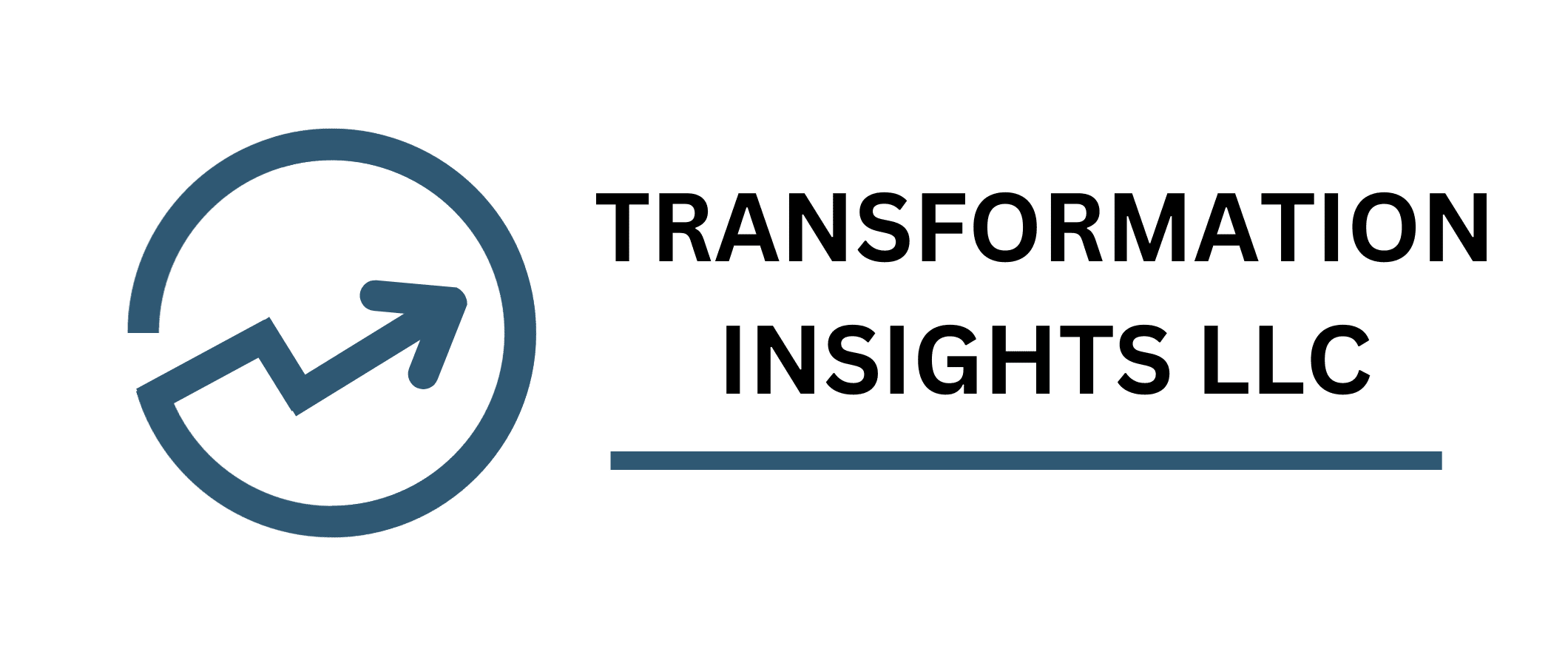Imagine launching a groundbreaking new product, only to watch it fall flat because the problem it solved wasn’t the real pain point your customers faced. Countless businesses have made this costly mistake by misinterpreting customer needs. For leaders, the ability to deeply understand these needs is vital to driving innovation and business success. In this blog, we’ll dive into how mastering customer interviews can help uncover hidden problems and inform the development of solutions that your ideal customer is willing to pay for.
The Trap of Oversimplifying the Problem
Service and Product Managers can too often make assumptions about customer pain points, which can lead to product or service misses. This is especially true when we are not part of the ICP (Ideal Customer Profile) and have always learned about a business from selling into it. When solutions don’t hit the mark, the costs can be staggering. In fact, one study showed that 42% of startups fail because they misjudged the market need, there wasn’t a market need (CB Insights).
How can companies over this hurdle? Direct engagement with customers through well-conducted interviews will absolutely help companies steer around this issue. Without it, businesses risk focusing on surface-level issues and missing the underlying problems that matter most. This is where strategic customer interviews come into play, offering the insights needed to innovate effectively and adjust course through an agile approach.
Many founders are so busy with the technology, the development, even with gaining funding that basic customer feedback can be overlooked or ‘checked off’ too quickly. A passionate innovator may be subconsciously afraid of contrary feedback and the investment already made. Other times, they have concerns about sharing too much that could tip off a new idea. But in reality, all of these issues can be overcome, and the customer interview and feedback will likely help with the nuances that will set apart your solution and make it even better.
Crafting Effective Customer Interviews for Problem Solving
Here are a few practical steps in the customer interview process.
Pre-Interview
- Define objectives – get clear on what you want to learn at this stage. The answer will be different at different stages of your development. Write down the 2-3 things you want to understand about your market. At this stage, it is about defining the problem, validating how much of an issue the problem is, and getting a better sense of who is the true decision maker and their needs.
- Identifying the right candidates: interviewing decision-makers or those closest to the pain points provides the most valuable insights. You can categorize the candidates into a few categories: buyers (who will pay you for your product or service), users (who is using the product or service), influencers (who else has a voice), other stakeholders (others to consider such as regulatory requirements, sales channels).
- Crafting open-ended, problem-focused questions: frame questions that encourage customers to describe their challenges without steering them toward a particular solution. For example, you can ask a user about their workflow. What are the challenges in their current process? Look to identify the issues (such as having to use three different platforms to get a job done or not having access to the right expertise to be more efficient). As a follow-up, you will want to quantify the problem set, such as the percent of time spent on an activity, hours/days, or financial investment the company is currently spending in a given area.
Conducting the Interview
Determine how much time each interview will take for a discussion. If this is a written questionnaire, also be sensitive to the time needed for the participant.
A few tips:
- Use active listening techniques: listen with intent, making sure to understand the “why” behind the future potential customer’s responses. It is human nature to either hope for an outcome or think about your next comment.
- Probe for depth without leading: ask follow-up questions, such as asking them to tell you more about a problem, opportunity, or response. You can also ask for their view on why a certain outcome happens or what is behind it.
- Anything else: always ask, ‘Is there anything else I haven’t asked about’ – this gives the person you are interviewing a little more freedom to tell their story
Connect with the next person: be sure to ask if you can follow up with any remaining items for clarification. Almost always, you will hear a ‘yes’, but it helps build the trust and rapport to state and ask.

Customer research can be in many different formats such as in person, virtual, by phone, and written survey as examples.
Post-Interview Analysis
Most likely, you are starting with a few qualitative interviews to scope out key themes and patterns. It is important to carefully review your notes or transcripts to spot recurring issues or themes, common keywords and points raised. If you reviewed quantitative data, look for directional similarities. Identify any gaps or missing information where you may need to follow up with an interviewee.
Uncovering the Problem Beneath the Problem
Customer feedback often serves as the tip of the iceberg. What someone initially identifies as an issue might not be the real issue, more of a symptom. There is a famous quote from Henry Ford when he said, “If I asked customers what they wanted, they would have said faster horses.” The real ‘need’ was to get from point A to point B faster. But how do you uncover these deeper needs?
Here are a few ideas and techniques:
- The 5 why’s method: keep asking “why” until you drill down to the root cause of an issue. There is an art to this approach to avoid being annoying or looking as if you are diving too deeply into their business. The concept is like ‘peeling back an onion’.
- Empathy mapping and journey mapping: use tools and frameworks to help visualize how customers experience a problem and where deeper frustrations lie. For example, ask them about the challenges in their day, in their workflow or processes. In some industries, it will be possible after you have an established relationship (usually with a customer) to see their operation and be able to further pinpoint. But another method is to simply use a whiteboard to map out the ‘current process’ or situation and then the ‘desired state’.
- In-depth interview — example case study: a B2B SaaS company thought their clients wanted a more user-friendly interface. After conducting in-depth interviews, they discovered that the real pain was in the onboarding process, which lacked human support and context. By shifting their focus to improving onboarding, they significantly increased customer satisfaction and retention.
Once these deep-seated pain points are uncovered, the real work begins—integrating those insights into actionable, innovative solutions.
- Translating challenges into opportunities: brainstorm ideas on how to address these problems. Workshops can be highly effective in generating a range of solutions that align with both customer needs and business goals.
- Prioritizing based on impact: evaluate solutions based on their potential to create customer value and their feasibility.
Conclusion
Customer interviews are the key to unlocking hidden problems and informing ideas for innovative solutions. The more precision researchers put into accurately identifying customer pain points, the greater their potential for creating truly impactful offerings. As Einstein noted, “If I had 60 minutes to solve a problem, I would spend 55 minutes defining the problem and 5 minutes solving it.” By dedicating time to understand the problem deeply, businesses can solve it more effectively—and that’s a true competitive edge.
Make customer interviews a core part of your strategic planning process. The insights gained will not only inform better solutions but will set your business apart as one that genuinely understands and solves customer needs.
Not sure how to get started? Let’s connect and explore how to set up powerful customer interviews for your business.

